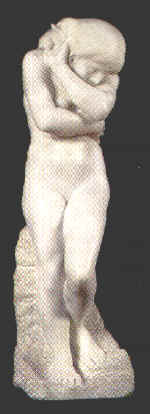|
|
Each part of Mexico City is multi-faceted. Take the two districts Coyoacan and San Angel, where modernity has never managed to erase the colonial past. Their cobbled streets, plazas and delightful corners are tranquil picture of solid time-honored stone and gigantic ancient trees, where children play and lovers stroll. But at times those same streets turn into carefree, noisy stage for public fiestas.
One such fiesta is 15th Sept., when Coyoacan's Plaza Hidalgo reproduces before large crowds the same festivities enacted simultaneously in the capital's main Zocalo square. All roads within several blocks of the plaza are closed to traffic, so that pedestrians are free to wander round, buy souvenirs and munchies, watch different artists performing in the street and, on the dot of eleven, exercise their lungs in "El Grito" ceremony.
Coyoacan Plaza y Calles
A suburb of picturesque streets, venerable churches, chapels and old houses, full of history.
Ex Convento de Churubusco
This 17th-century San Diego Church, with annexed former convent, now houses National Museum of Interventions.
Parroquia de San Juan Bautista
Church that was part of the 16th-century Dominican convent. Noted for its enormous sedately elegant facade. Inside, note Holiness Chapel and 17th-century altarpiece.
Palacio de Cortes
18th-century building with striking portico in front. Belonged to noble descendants of conquistador "Hernan Cortes", and is now political precinct.
San Angel
El Convento de El Carmen
The first stone was laid on June 29, 1615. The beautiful interior is perfect setting for the museum of vice regal art for which the place was adopted.
Plaza de San Jacinto
Site of the famous Bazaar del Sabado, the old plaza is, on Saturdays, colorful bustle of vendors, artisans, artists and tourists.
Ciudad Universitaria (Rectoria)
Offices of the university dean and council stand out for their design and carved mural by David Alfaro Siqueiros.
Biblioteca Central
Very close to the dean's office, library has mosaic mural almost half a hectare in size, the work of architect Juan O'Gorman.
Estadio Olimpico Universitaria
Stadium's design blends harmoniously into the surroundings. Built almost entirely of lava rock. Gigantic mural by Diego Rivera adorns the main facade.
Centro Cultural Universitaria
Cluster of buildings that include Nezahualcoyotl Concert Hall, Juan Ruiz de Alarcon and Miguel Convarrubias Theatres, national library and newspaper/periodicals library. In the same area, the impressive Sculptural Space showcases in natural setting outstanding pieces by Mexican artists.
Centro Nacional de las Artes
This recently opened "National Center of Arts" is the touchstone by various art schools: Musicians, graphic artists, performers and cinematographers.
Cuicuilco
The pyramid here is one of the Meso-America's most ancient. The on-site museum explains physical features, biology and history of the place at its apogee.

|
|

